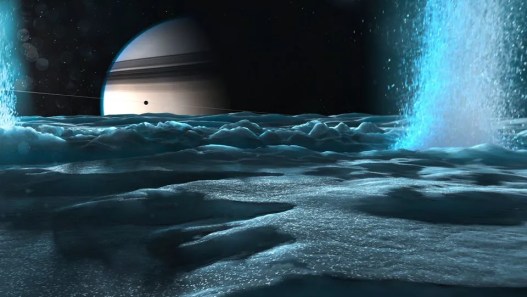Move over, moon rocks—there’s a new cosmic heavyweight in town, and it’s about to make earthly headlines. The largest known piece of Mars ever discovered on our planet, a 54-pound meteorite named NWA 16788, is set to go under the hammer at Sotheby’s New York on July 16. With an eye-watering estimate of $2 million to $4 million, this otherworldly relic is expected to become the most valuable Martian meteorite ever sold.
A Space Rock Like No Other
NWA 16788 isn’t just big—it’s a true Martian giant. Weighing in at 24.67 kilograms (about as much as a car tire), it’s a staggering 70% larger than any other Martian meteorite ever found on Earth. That makes it a once-in-a-generation discovery, accounting for over 6% of all Martian material ever recovered here. Out of nearly 80,000 officially classified meteorites, only around 400 are confirmed to hail from the Red Planet, and most are mere fragments. This one? It’s a showstopper.
The meteorite’s journey is as dramatic as its size. Scientists believe a colossal asteroid impact blasted it off Mars millions of years ago, sending it hurtling 140 million miles through space before it crash-landed in Niger’s remote Agadez region in November 2023. Its deep red hue and glassy surface are the result of its fiery ejection from Mars and its blistering descent through Earth’s atmosphere—a true testament to its interplanetary odyssey.
Science Meets Spectacle
What makes NWA 16788 even more fascinating is its scientific pedigree. Classified as a shergottite, the most abundant type of Martian meteorite, it’s believed to have originated from volcanic regions on Mars. Analysis reveals large magnesium-rich crystals and patches of glassy fusion crust, evidence of the violent forces it endured. About 20% of the rock is maskelynite, a glass formed by the shock of its cosmic journey.
Before its auction debut, the meteorite was authenticated by the Meteoritical Society and displayed at the Italian Space Agency and a private gallery in Tuscany, drawing crowds eager to glimpse a tangible piece of Mars.
Collectors, Scientists, and a Dash of Controversy
Sotheby’s is sweetening the deal for tech-savvy buyers by accepting cryptocurrency as payment—a nod to the modern collector’s profile. But the sale has sparked debate in the scientific community. Some experts, like paleontologist Steve Brusatte, worry that such a rare specimen could disappear into a private vault, out of reach for public study and enjoyment. “It belongs in a museum, where it can be studied and enjoyed by children, families, and the public at large,” he told reporters.
Others, like planetary scientist Julia Cartwright, see a silver lining. She notes that the market for meteorites helps drive new discoveries and that collectors often collaborate with researchers. “Without the market, we wouldn’t have nearly as many samples to study,” she explained, highlighting the symbiotic relationship between science and collecting.
A Red Planet Record-Breaker
With bidding already heating up and interest from both private collectors and institutions, NWA 16788 is poised to shatter auction records. The previous heavyweight contender, a Martian meteorite found in Mali in 2021, weighed just 14.5 kg—making this latest find a true Martian marvel.
For anyone who’s ever dreamed of owning a piece of another world, July 16 at Sotheby’s may be your chance. Just be prepared to outbid some serious space enthusiasts—and maybe a few museums, too. After all, how often do you get to say you own the biggest piece of Mars on Earth?















